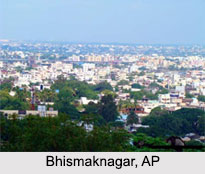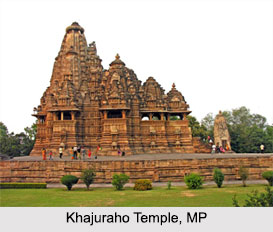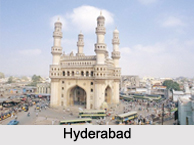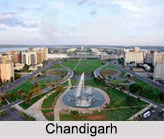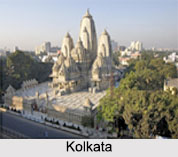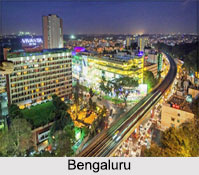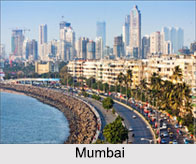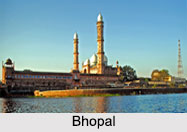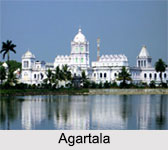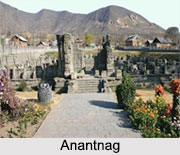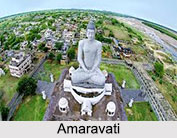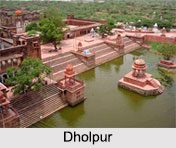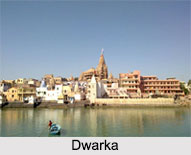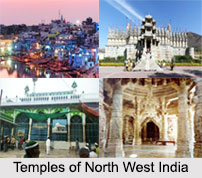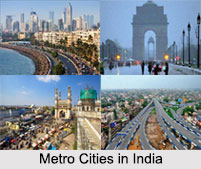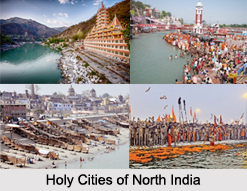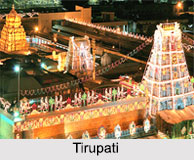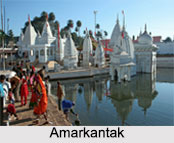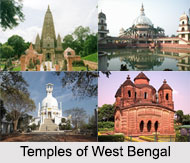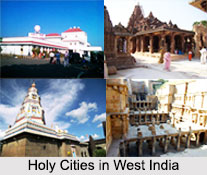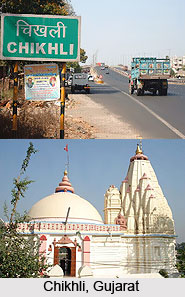 Chikhli is a beautiful town situated 40 km south of Navsari district in the western state of Gujarat. Chikhli is the smallest city in the region of South Gujarat. The topography of the place is 19 metres (62 feet) above mean sea level. Chikhli comes under the purview of Surat Metropolitan Region. Thala, Balwada, Samaroli, Majigam and Khundh are the nearby villages to Chikhli. Chikhli is surrounded by Gandevi Taluka towards North, Valsad Taluka towards west, Dharampur Taluka towards South, Pardi Taluka towards South.
Chikhli is a beautiful town situated 40 km south of Navsari district in the western state of Gujarat. Chikhli is the smallest city in the region of South Gujarat. The topography of the place is 19 metres (62 feet) above mean sea level. Chikhli comes under the purview of Surat Metropolitan Region. Thala, Balwada, Samaroli, Majigam and Khundh are the nearby villages to Chikhli. Chikhli is surrounded by Gandevi Taluka towards North, Valsad Taluka towards west, Dharampur Taluka towards South, Pardi Taluka towards South.
Demography of Chikhli
According to the 2001 census report, Chikhli had a population of 6953 where males constitute 51% of the population and females 49% of the population. 10% of the population is less than 6 years of age. Chikhli has an average literacy rate of 81%, higher than the national average of 59.5%; with male literacy of 85% and female literacy of 76%. The rate of literacy is high due to the school facilities available and awareness in the people.
Attractions at Chikhli
Saputara, Waghai, Vansda National Park and Udhna are some the famous tourist spots. Mallikarjun temple is an old temple of Lord Shiva. This famous temple of Chikhli is situated on bank of a seasonal lake in a village Majigam. The Majigam village is half kilometre from Chikhli.
Transportation of Chikhli
The town can be connected by both rail and airways. Located on NH 8, 10 km from Gandevi and 25 km north from the city of Valsada, Chikhli is a beautiful town. The nearest airport is at Mumbai. The Bilimora Railway Station, Chikhli Road Rail Way Station and Joravasan Rail Way Station are the very nearby railway stations to Chikhli. Several bus and local transportation services are available to reach the Chikhli town.
This article is a stub. You can enrich by adding more information to it. Send your Write Up to content@indianetzone.com
